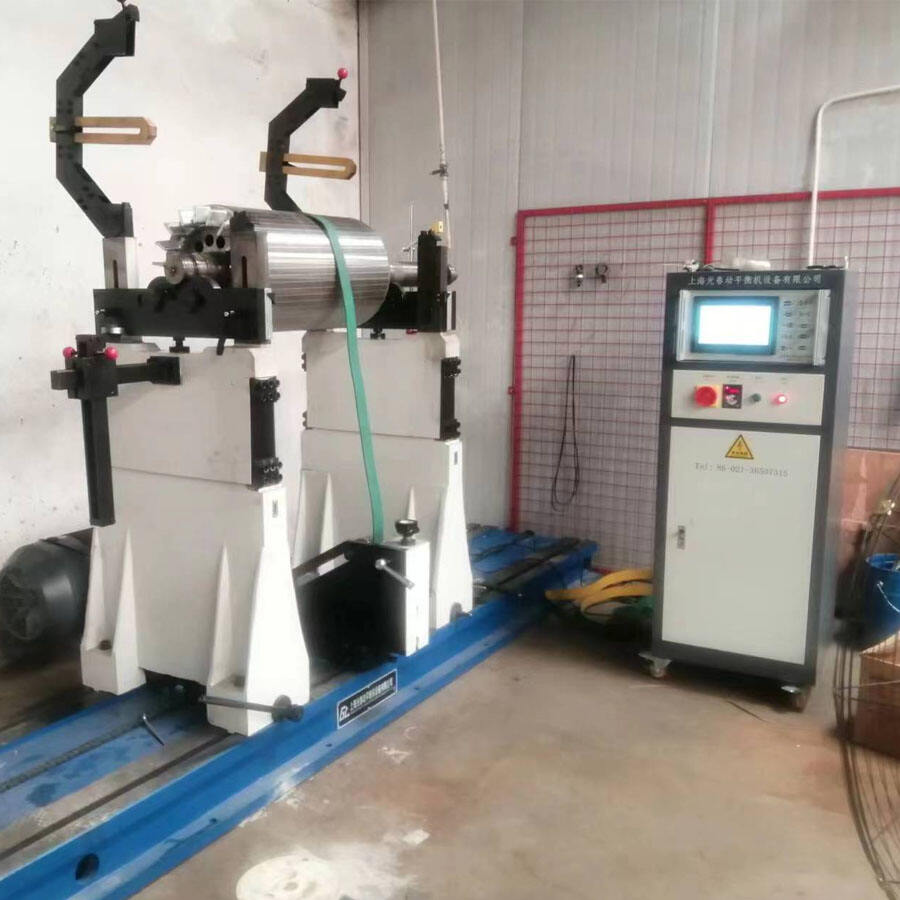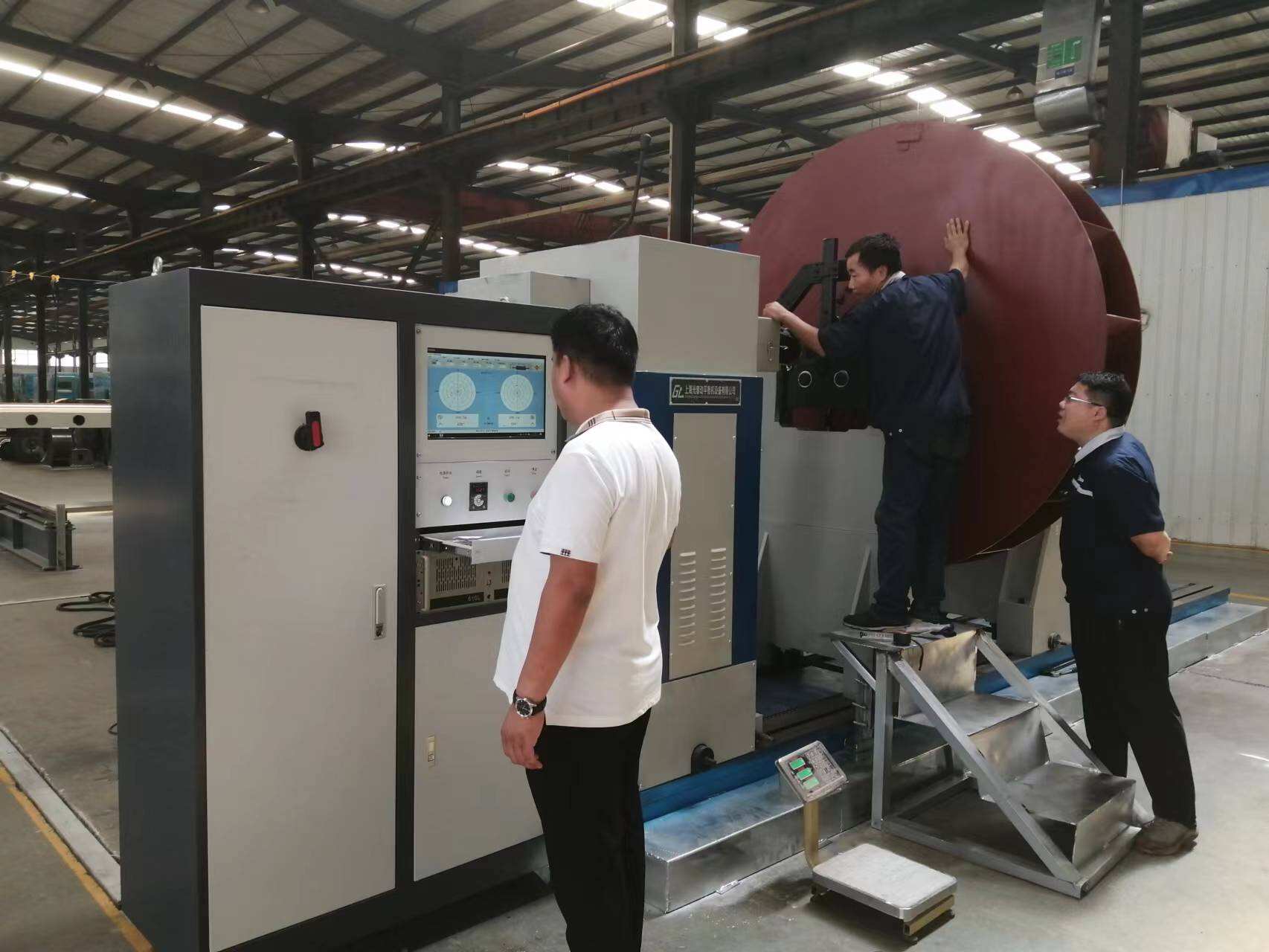balancing machine
A balancing machine is a precision instrument designed to detect and measure imbalance in rotating components. This sophisticated piece of equipment operates by spinning the test piece at specific speeds while utilizing sensitive sensors to detect any irregularities in rotation. The machine analyzes vibration patterns and calculates the exact locations where weight needs to be added or removed to achieve optimal balance. Modern balancing machines incorporate advanced digital technology, featuring high-resolution displays and automated measurement systems that provide real-time data analysis. These machines are capable of handling various component sizes, from small turbine blades to large industrial rotors, with exceptional accuracy down to micrometers. The technology employs both hard-bearing and soft-bearing measurement methods, allowing for versatile applications across different industries. Essential features include automatic calibration systems, multiple plane balancing capabilities, and integrated quality control protocols. The machines are particularly vital in manufacturing sectors where rotating equipment precision is crucial, such as automotive, aerospace, and power generation industries.


